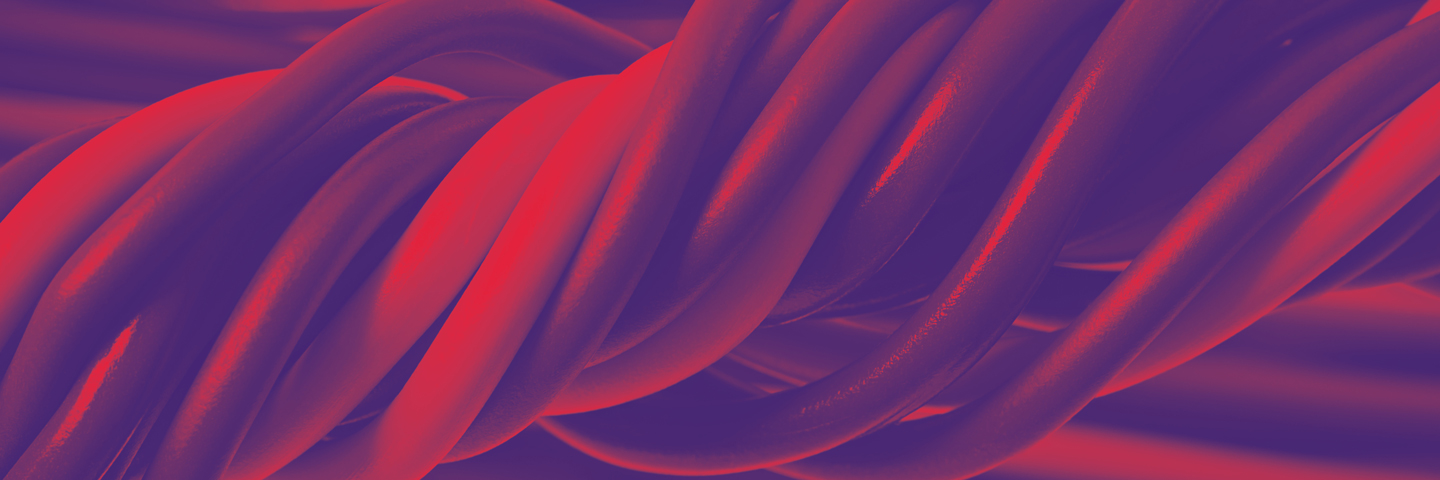In today’s fast-paced digital world, fibre optic cables are at the forefront of revolutionising high-speed internet and telecommunications. These advanced cables are a key component in modern networks, and understanding their functionality and benefits is essential. Webro, a leading provider in cable technology, offers insights into the most common questions about fibre optics.
Question 1: What are Fibre Optic Cables and How Do They Work?
Fibre optic cables consist of glass fibres that transmit data through light. This optical fibre technology allows for faster data transmission compared to traditional copper cables. At Webro, we specialise in these advanced cables, offering high-quality products that deliver speed and efficiency in data transfer.
Question 2: Why are Fibre Optic Cables Better for Internet Connectivity?
When it comes to high-speed internet, fibre optic cables are superior. They provide higher bandwidth and faster data transmission, ensuring a reliable and efficient internet experience. Webro's fibre optic solutions are designed to deliver the best in speed and reliability, making them ideal for both residential and commercial use.
Question 3: How are Fibre Optic Cables Installed?
The installation of fibre optic cables requires precision and expertise. Proper installation is crucial for maximising the benefits of this technology. At Webro, we provide products to key network providers who employ professional installers to ensure that fibre optic systems are set up for optimal performance. Applications include Blown Duct, Pulled Duct, Internal/External, Direct Bury, Aerial, and Riser.
Question 4: Are Fibre Optic Cables Durable?
Fibre optic cables are incredibly durable and resistant to environmental factors that can affect traditional cables, such as electromagnetic interference. Webro's range of fibre optic cables is built to last, ensuring long-term reliability and performance. This includes products with higher levels of mechanical protection including RP (Rodent Protected), with CST offered as single or double jacketed options to protect against rodents, and SWA in single or double jacket options to protect against mechanical impact. In addition, the use of G657A1 or A2 fibres improves bend radius and the flexibility of the cable, which helps with installation in tight spaces and fix pressure.
Question 5: What are the Costs Associated with Fibre Optic Cables?
While the initial installation of fibre optic cables can be higher than traditional cables, the long-term return on investment outweighs the initial costs. With lower maintenance requirements and better durability, Webro's fibre optic solutions are a cost-effective choice for any business or home.
In Conclusion
Fibre optic cables offer numerous advantages, from higher bandwidth, increased transmission capacity, security, and faster data speeds, to improved reliability and durability. Understanding these benefits can help you to make informed decisions about your connectivity needs.
Need technical help & advice to choose the right cable for your project? Talk to our dedicated Webro Fire and Telecoms Team for expert advice, sales@webro.com or call 0115 972 4483. Or get in touch.











